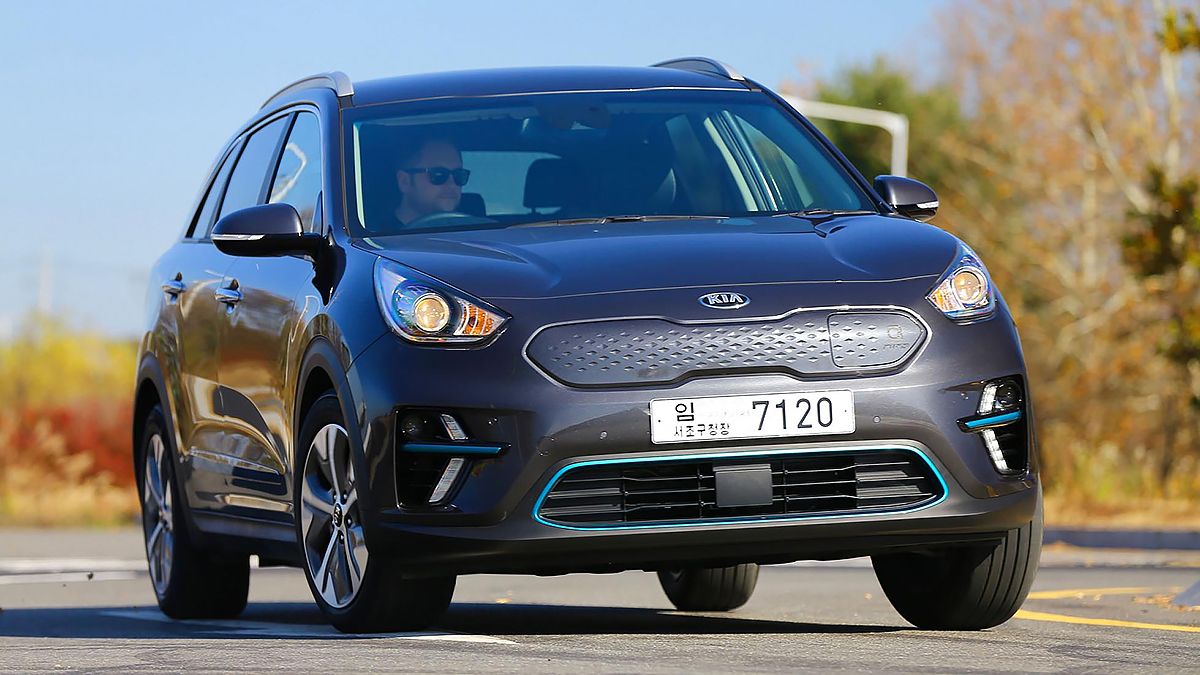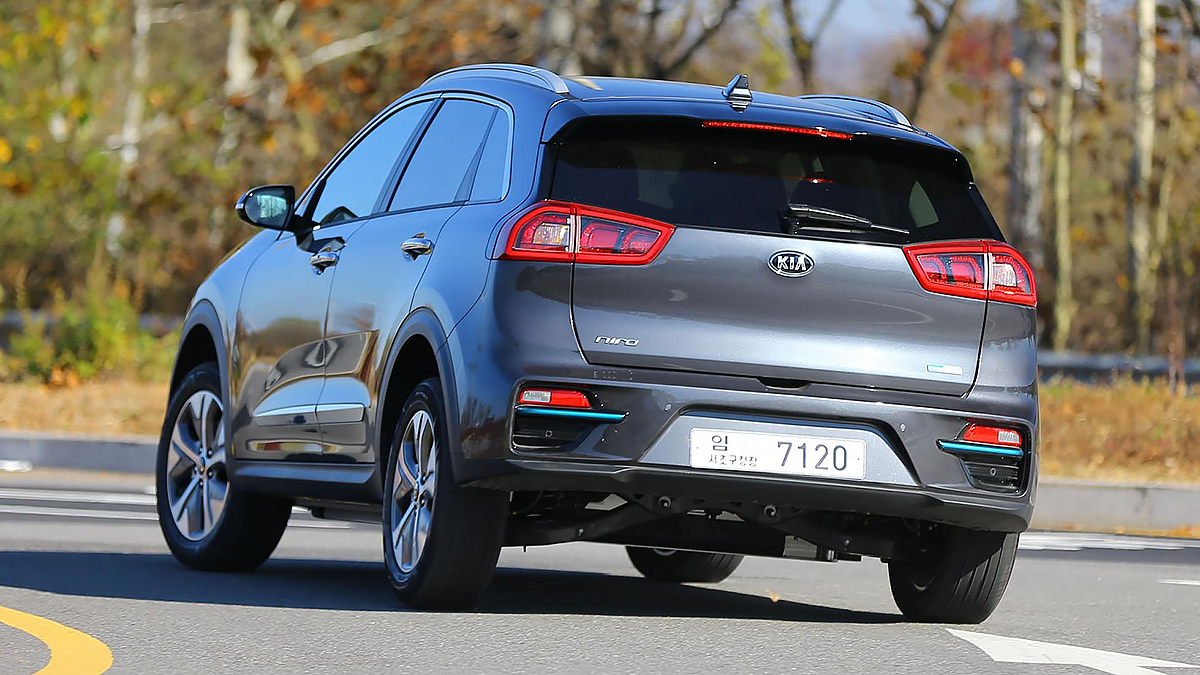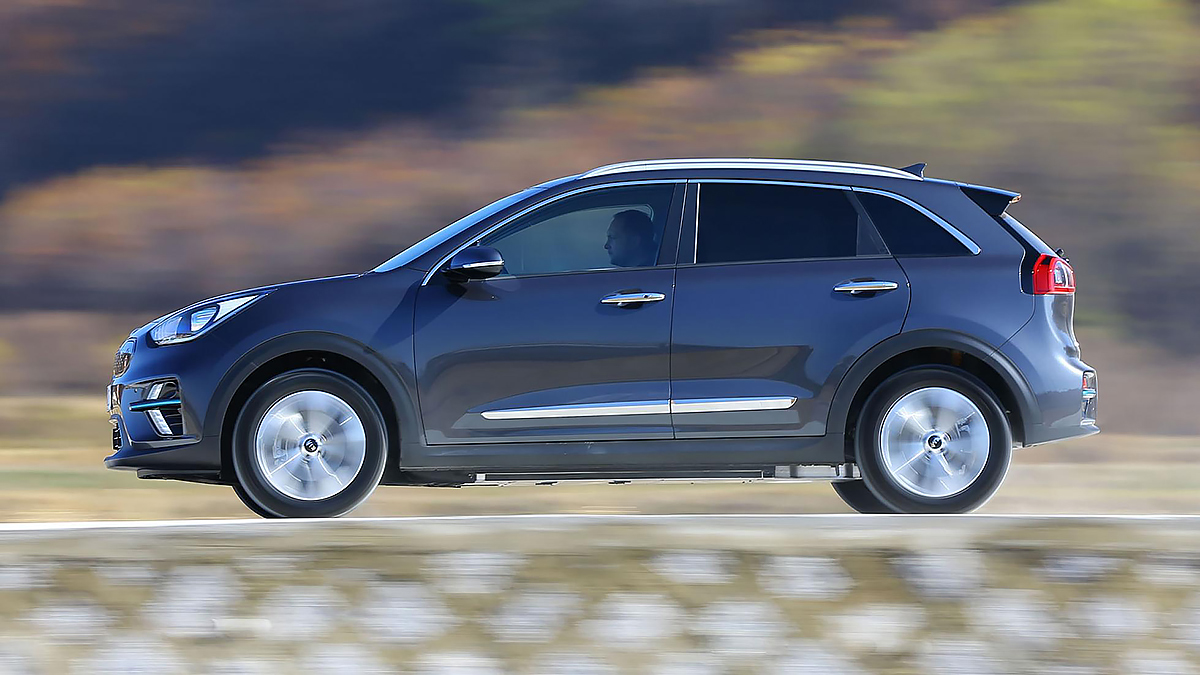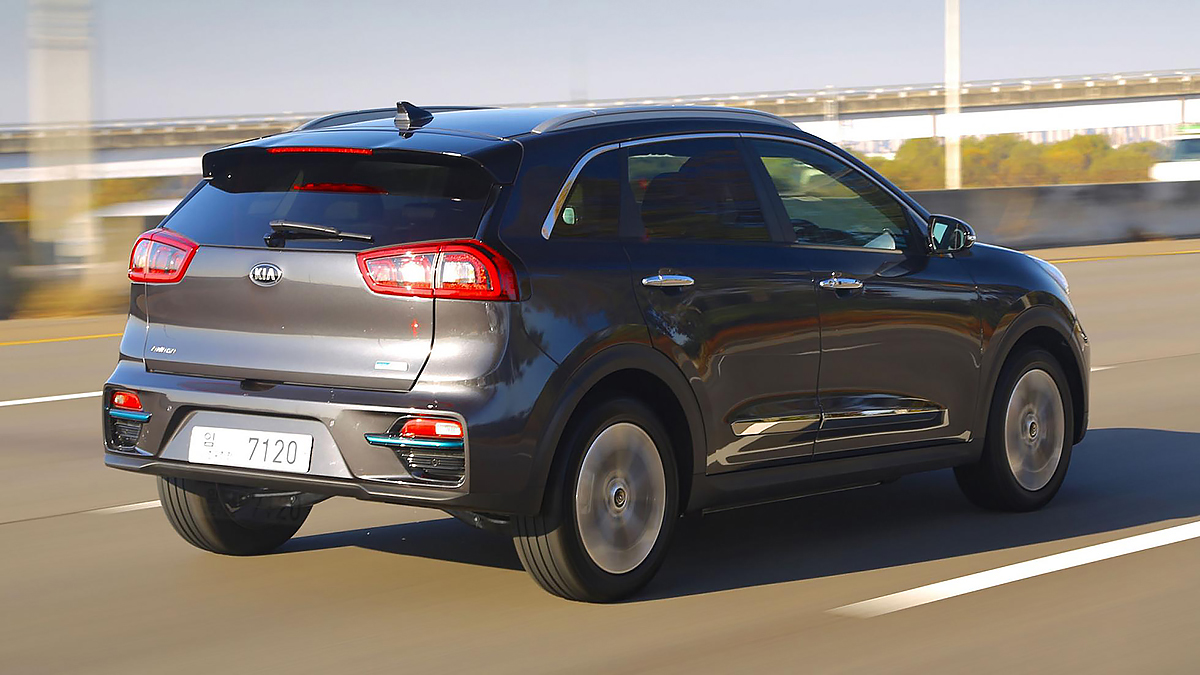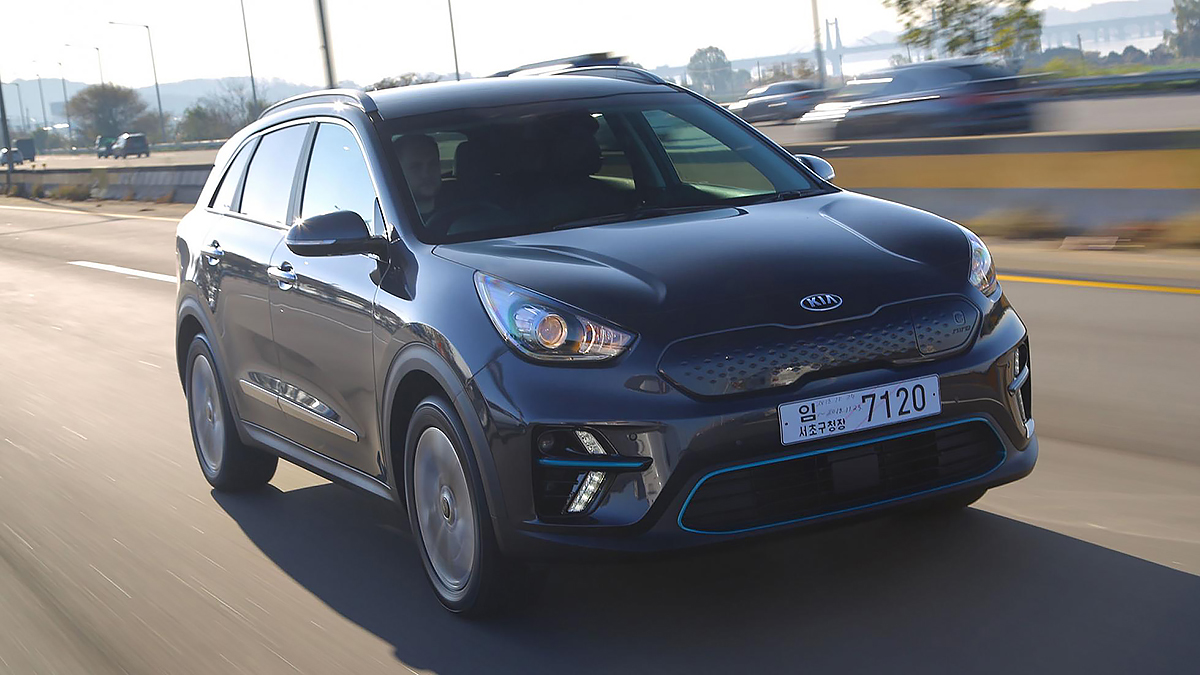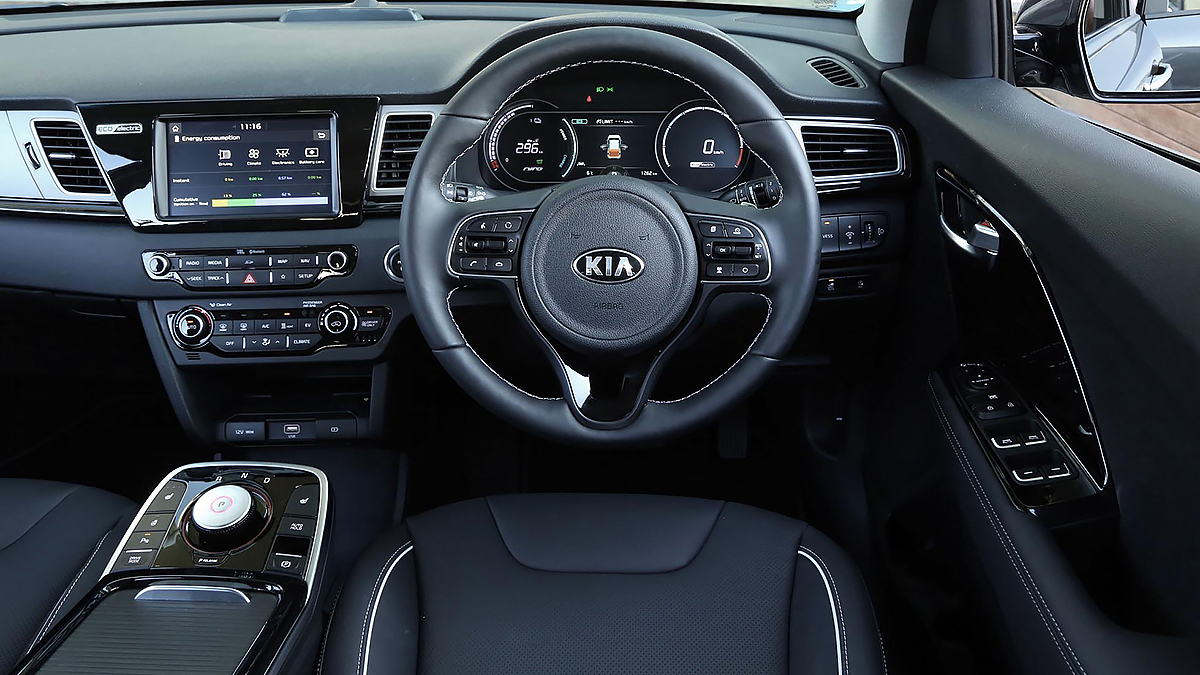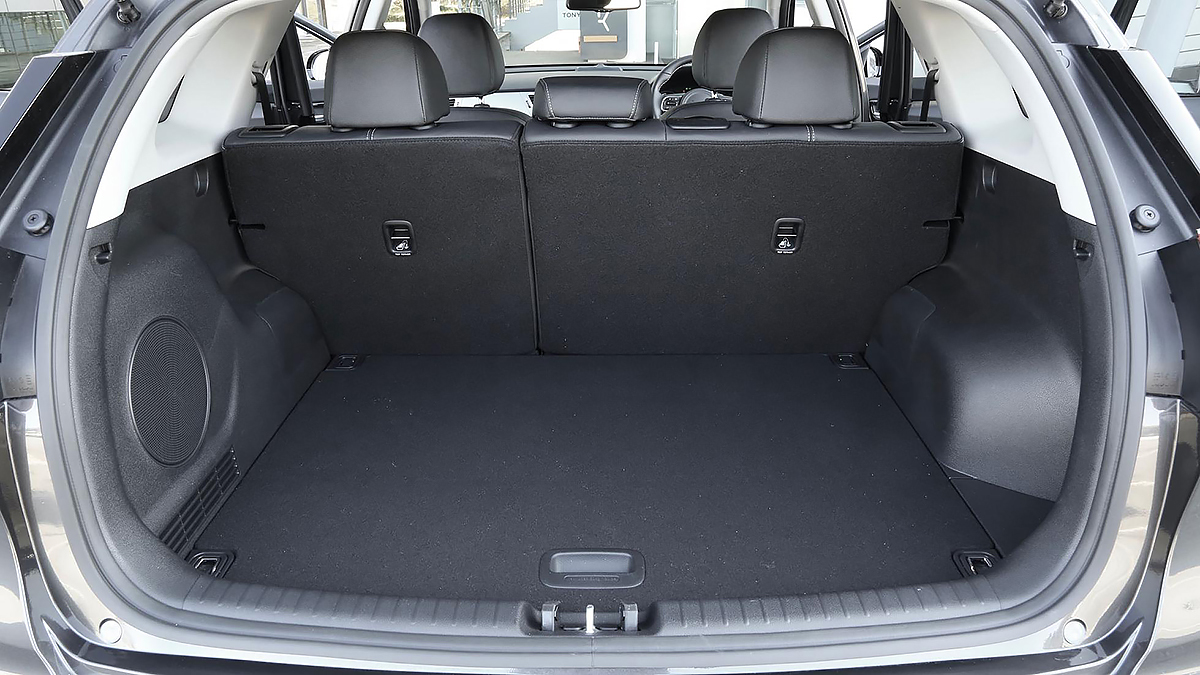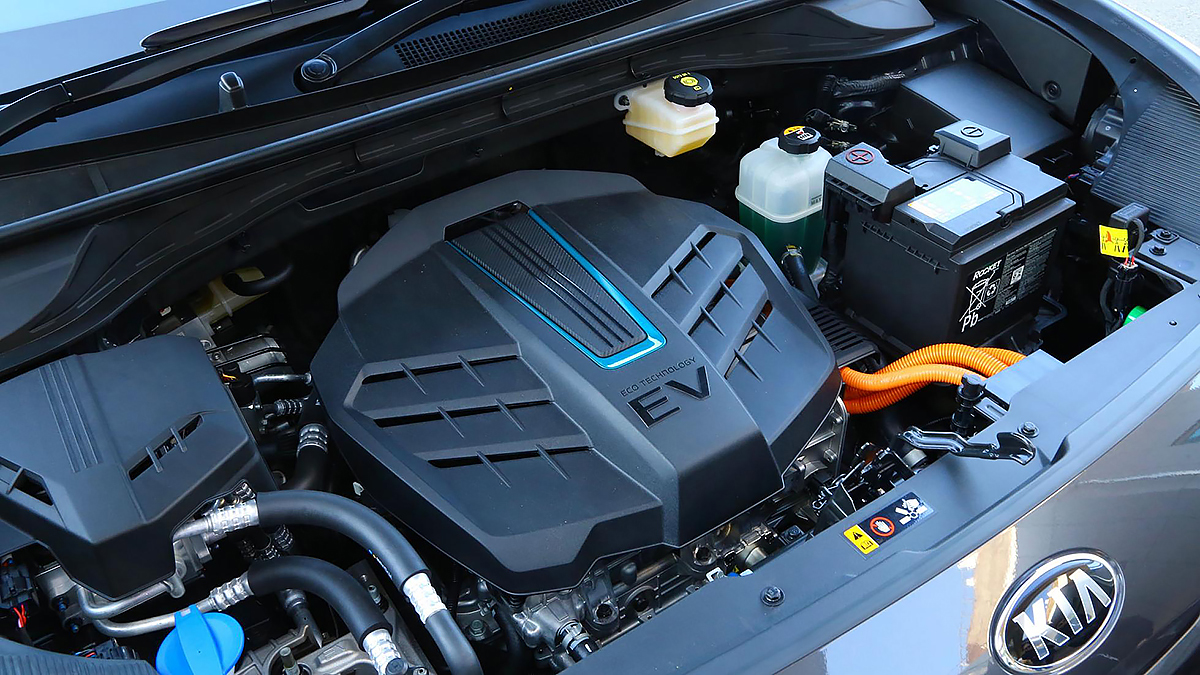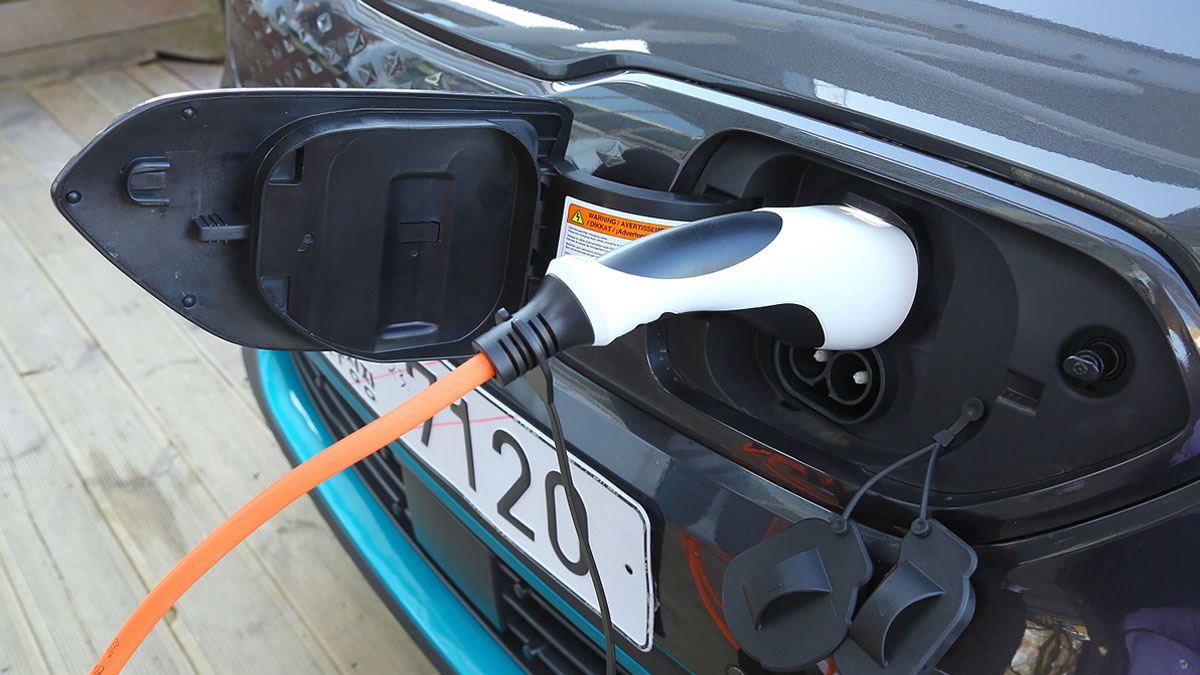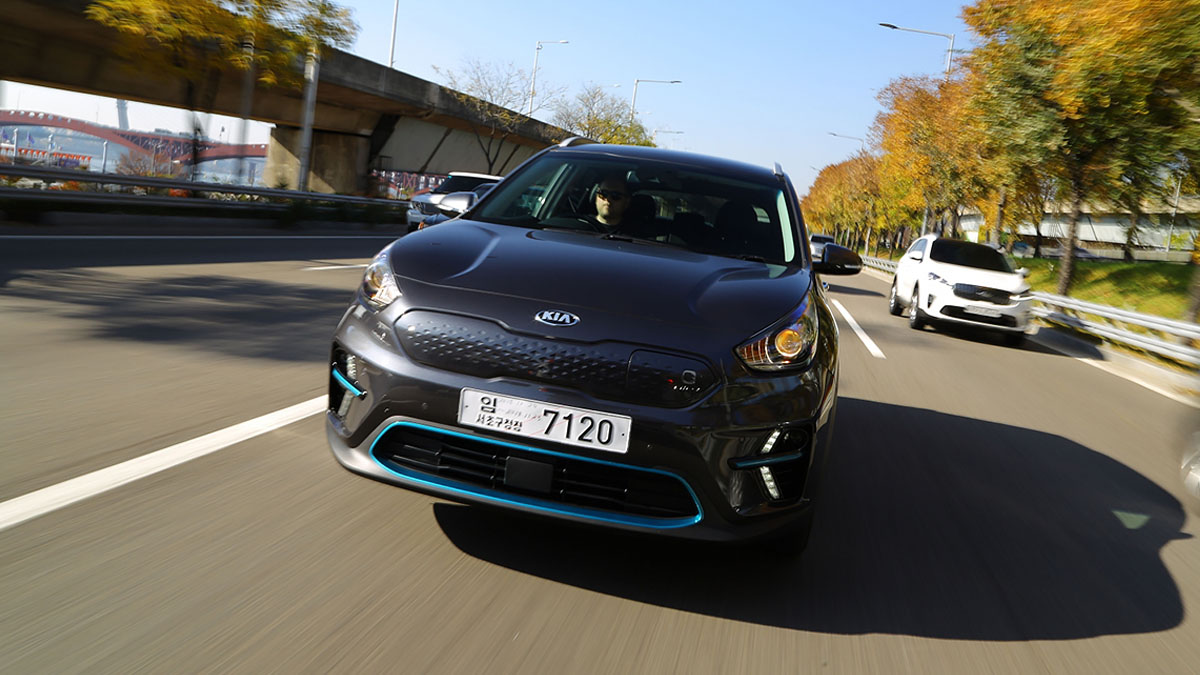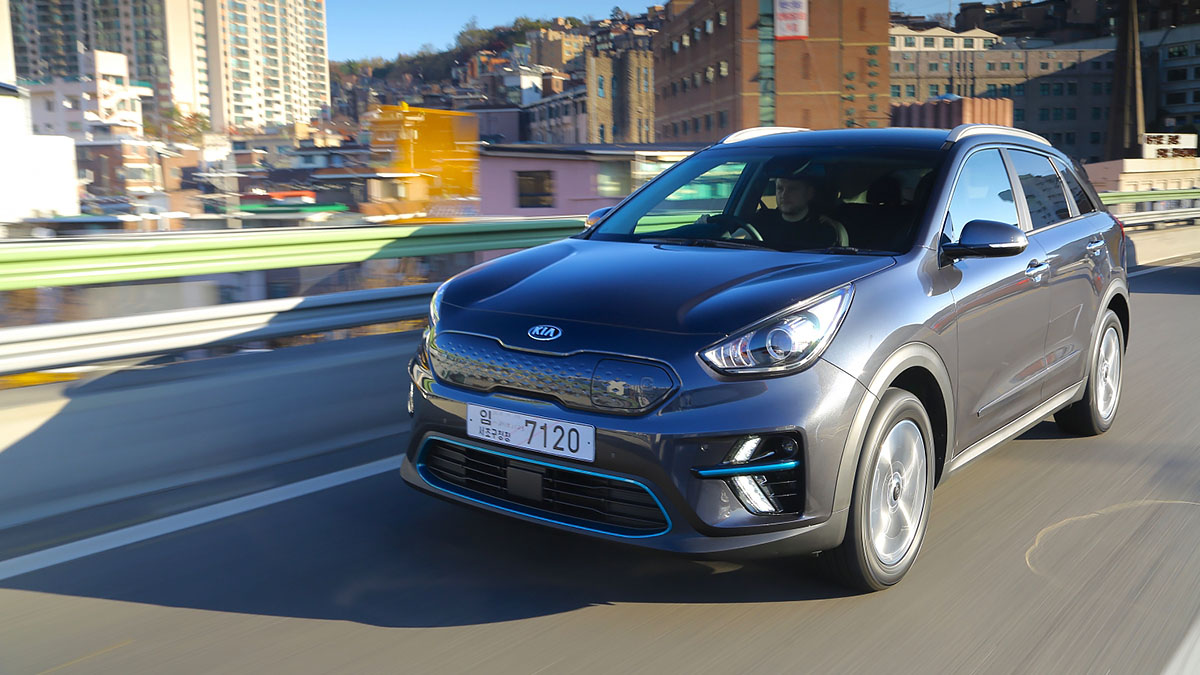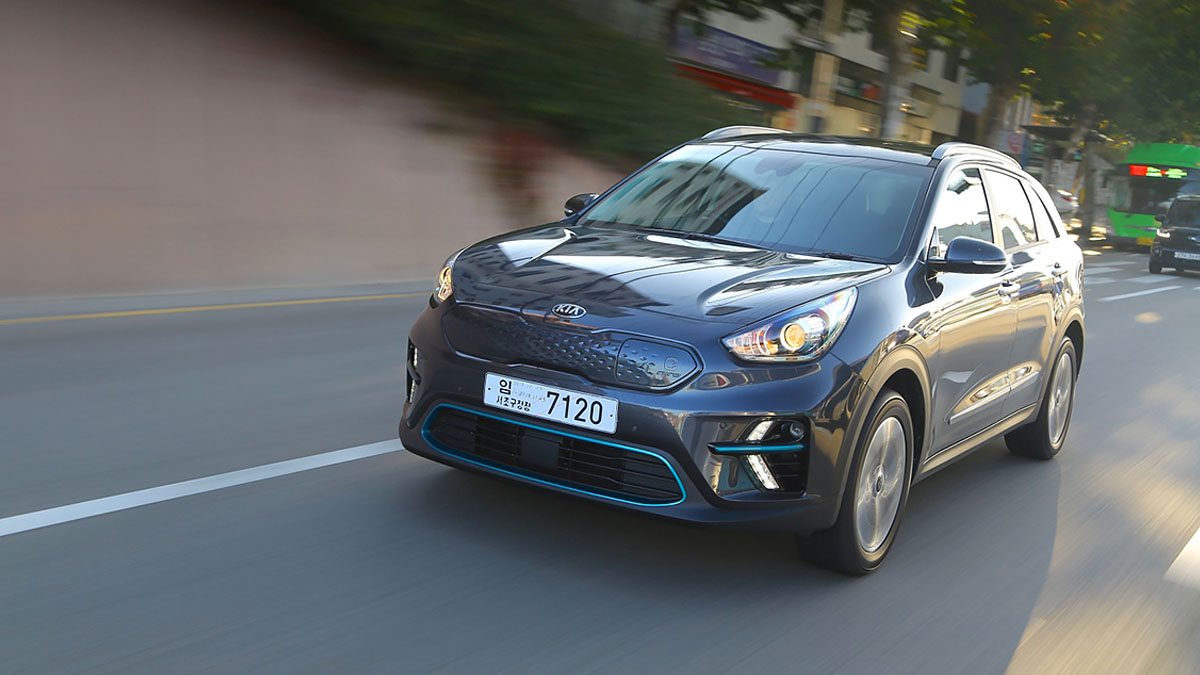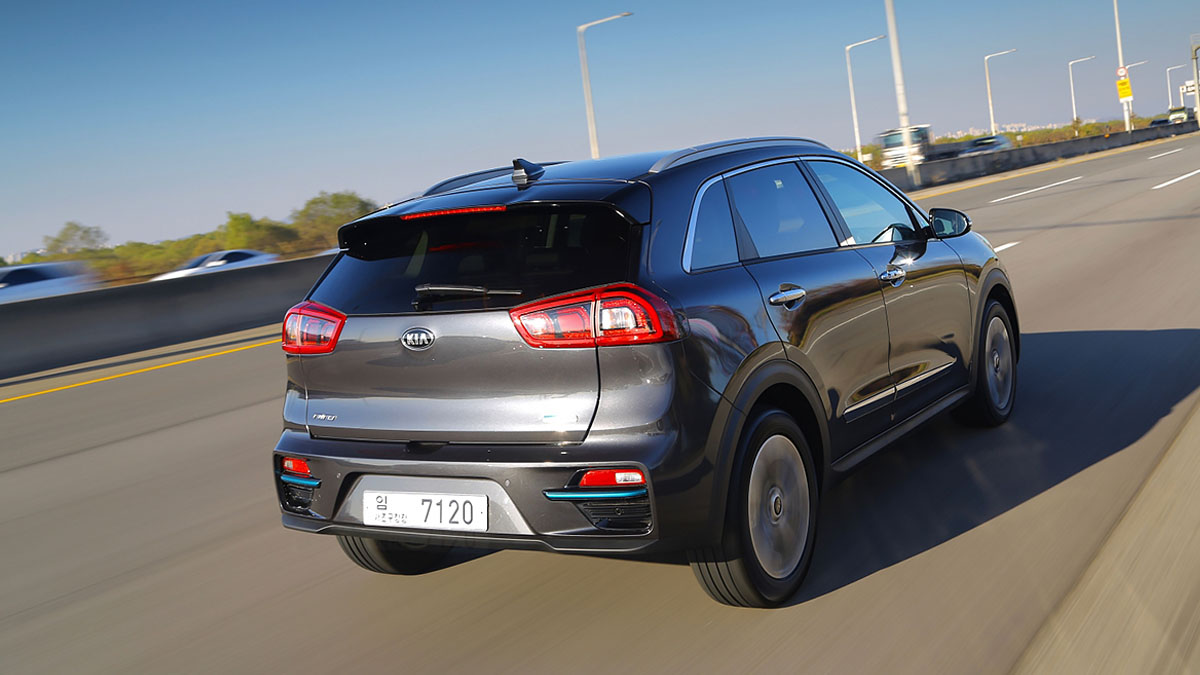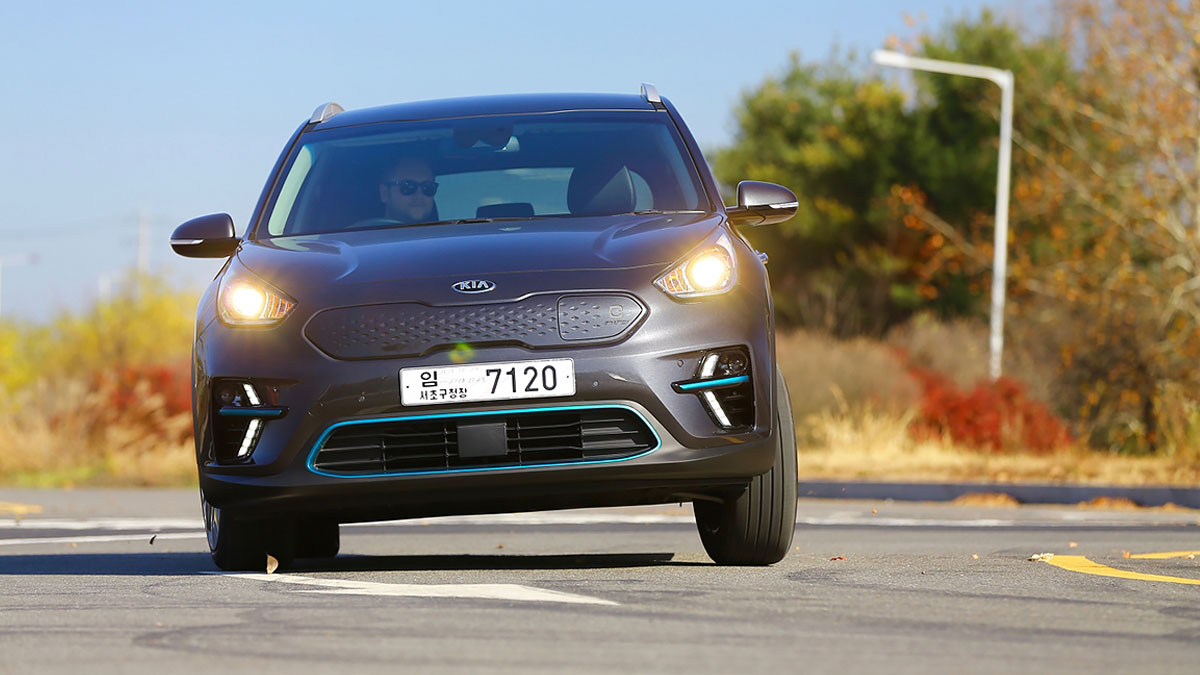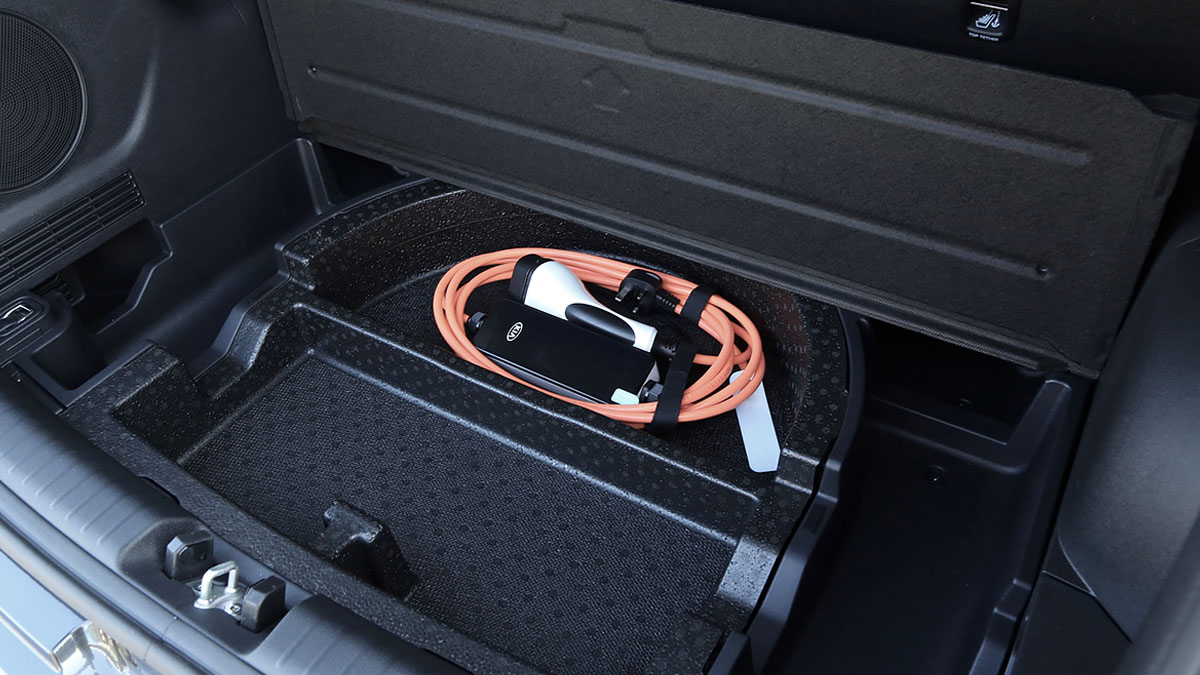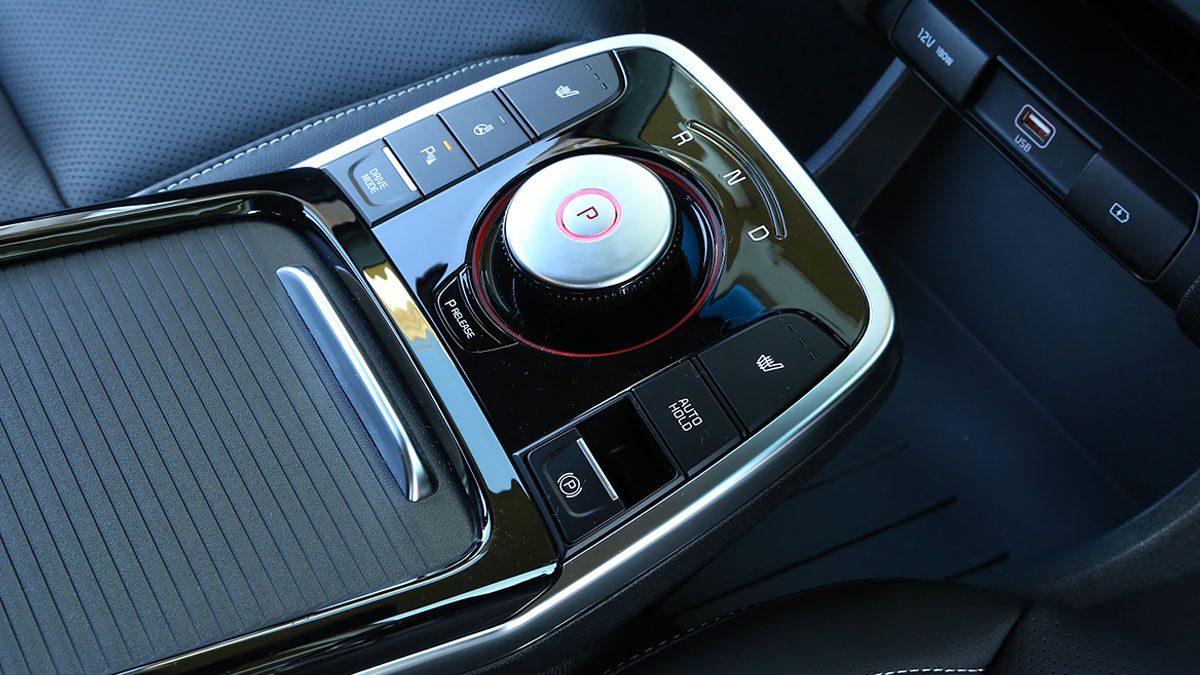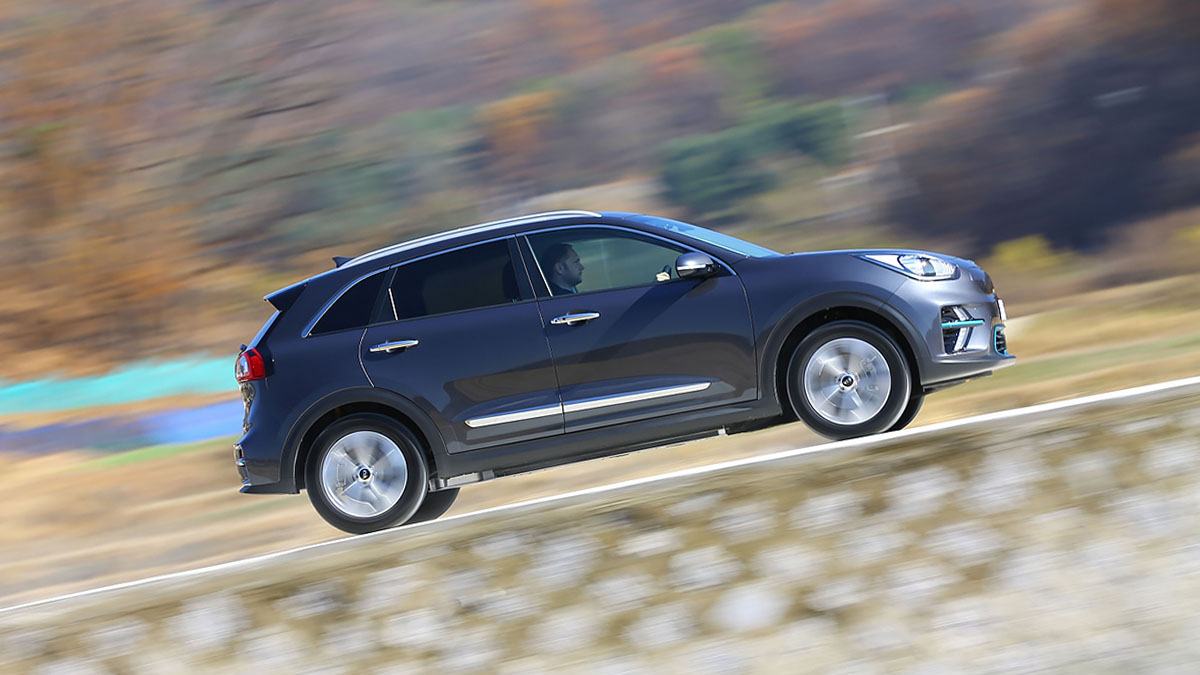Kia e-Niro review: electric crossover driven
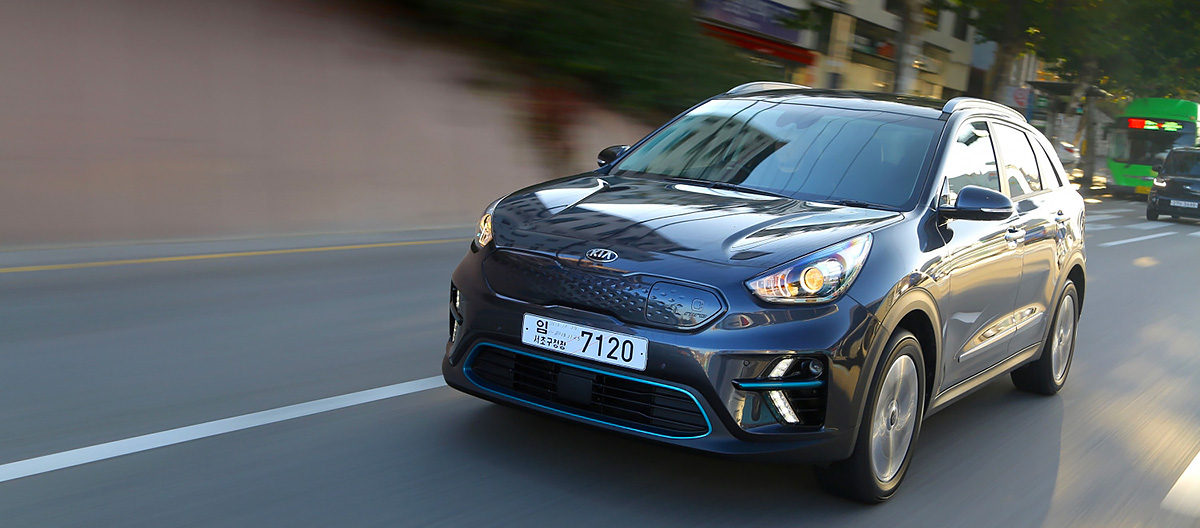
What’s the pitch?
Here’s the full-electric version of the Kia Niro. Its critical cost-to-range ratio is this: £32,995 (RM175,000) after subsidy, and 454 kilometres on the WLTP cycle. Which is very strong.
What’s the opposition?
The big-noise German and Japanese carmakers continue to make big noises about their long-range affordable electric cars, which’ll be on sale sometime in the fuzzily specified future. Meanwhile the Koreans continue – quietly – to put the things into showrooms now.
This Niro has a similar motor and battery to the Hyundai Kona Electric but it’s more family-sized.
Hang on. Wasn’t it 484 kilometres?
Oh how very eagle-eyed of you. We ran a news story when the e-Niro appeared at the Paris Show in autumn 2018, carrying the headline figure of 484km. Turned out that was an error. Not ours, honest. Neither, as far as we can tell, was it down to any mendacity by Kia. Instead it’s a foul-up by the independent testing lab that ran it through the WLTP test. The same thing applies to the Kona Electric by the way – its range claim is being trimmed back by a few kilometres.
Still, 454km. Not bad. How small and feeble does it have to be to achieve that?
Not very small at all. It has perfectly decent rear room and a boot of 451 litres, with a storage bay underneath for the coiled charge cable. More overall space than an i3 or Leaf or Kona, far more than a Zoe. Performance is handy – 0-100 in 7.8 seconds and a 167kph top speed
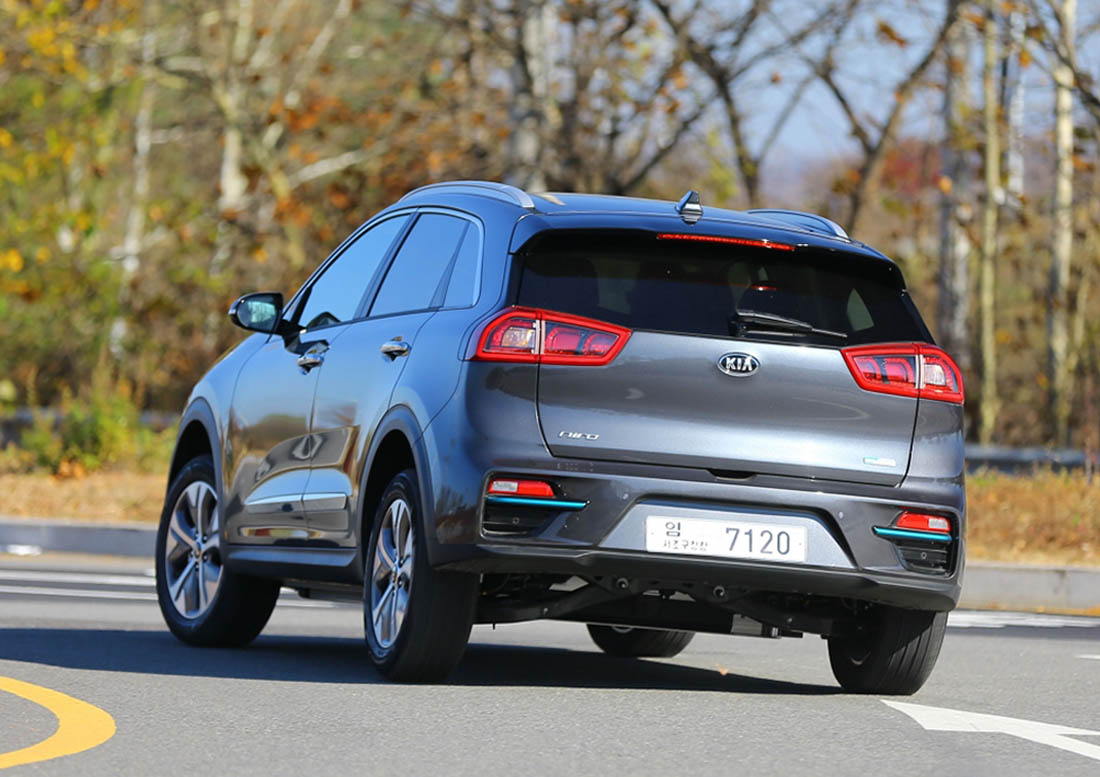
Are the dynamics up to the performance?
Well, Kia has tried. Compared with the hybrid Niro, there are not just uprated springs and dampers because it’s heavier, but aluminium front and rear hub carriers and a slightly more direct steering ratio, and the addition of torque vectoring by braking. Result is perfectly decent steering precision, although no feel through the wheel, unlike a BMW i3.
Cornering is reasonably game for a 1,791kg FWD crossover. But then much of that weight is now down – the 450kg battery pack lies under the floor.
Switch to sport mode, which liberates the entire 204bhp and 395Nm of torque, and it’s easy to break the front tyres’ traction from rest or out of a slow corner. That said it does feel less hyperactively Tiggerish than the Kona Electric. Full power is useful for main-road overtaking.
The normal and eco driving modes reduce the force of the motor, and at low speeds you won’t mind.
The ride is pretty firm and not a little bouncy. But at least the e-Niro gets better underbody soundproofing than the regular Niro and suffers less from its tragic road noise.
How easy is it to get the quoted range?
Ah well, Kia has been clever here. I didn’t get the chance to run it right to flat, but the energy consumption and battery level readouts on the dash looked hopeful.
Usually there’s a gap between the official test and the actual for many reasons. Among them is how well the car regenerates energy in the real world – the strategy for switching the motor into a generator to replenish the battery as you go downhill or slow up.
The Kia has has varying regeneration levels you can select yourself (we’ve seen that on most EVs). The mildest has the car gently coasting when you lift the accelerator, the strongest has it slowing notably.
But also, whatever setting you’ve chosen, if you tug and hold the left-hand steering-wheel paddle, it engages maximum regeneration. That’s up to 200bhp-odd if the road is dry and you’re travelling above about 30mph, piling juice back into the battery. This is a great way to slow down into a bend or junction without ever touching the brake pedal.
And the brake system itself uses a blend of regeneration and friction, again eschewing energy-wasting friction until you really are standing on the nose. This is fairly common among EVs and hybrids. As with most others the blended system makes the brake pedal feel a bit odd (initial bite is slightly delayed, like braking turbo-lag) but you always stop safely and you save a goodly amount of energy.
There’s more. The regeneration system can also use the cruise-control’s radar system, so it increases the power of the regeneration if you lift off when there’s a car in front that’s also slowing down.
Sounds baffling…
I enjoyed it. The car gives you options and rewards skill and anticipation to get the best range. In a world of average speed cameras and congestion that are nothing but frustration in performance cars, I reckon working with an EV like this adds an interesting dimension to driving.
Besides, at the very least you’ve got a silent and smooth-accelerating powertrain that’s pretty powerful. You’re never in the wrong gear, never marooned by turbo-lag.
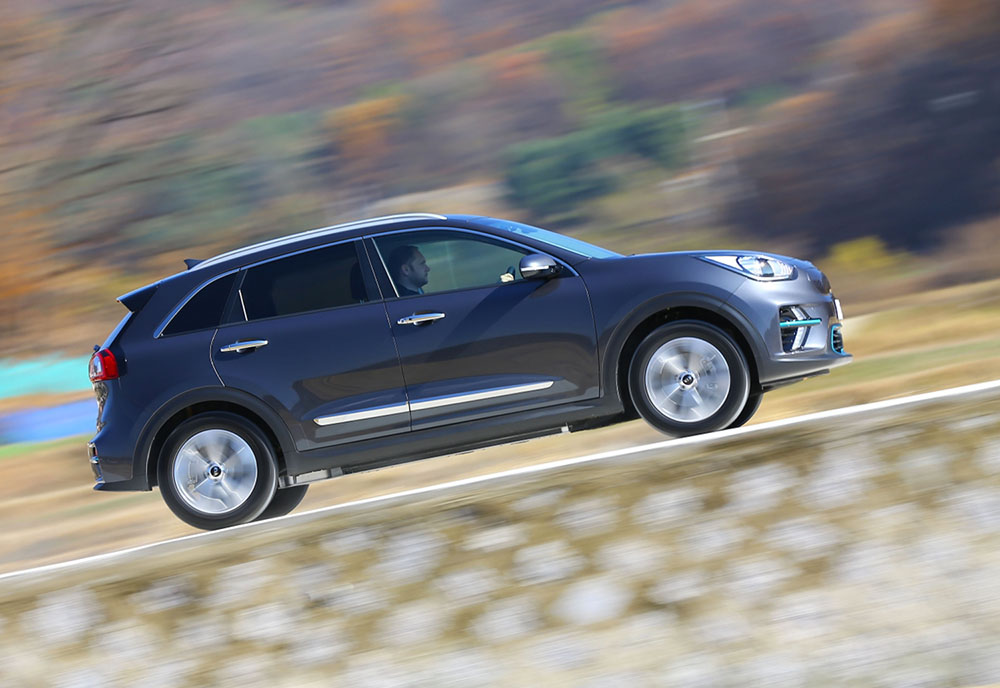
Anything else?
The way it keeps you cool. Official range tests are done with air-con off. In most EVs when you turn it on the real range drops. Kia has a ‘driver-only’ button that reduces cooling energy (so does Jaguar). Besides, there are fan-vented seats which often mean you can get by without using air-con at all.
What about when the battery goes flat?
For AC charging, usually at home, it accepts 7.2kWh. That’s not a very high level, and with such a big battery it takes the whole night. But for public DC charging it can do 80 per cent in little over an hour. When 100kW chargers come on stream, you’re looking at less that 45 minutes to go from 20-80 per cent. And 80 pe rcent is 360 kilometre range.
How bare is the spec for that price?
Not bad at all. It’s got a full screen and navigation system, CarPlay and Android Auto, radar cruise, level two assisted driving, and heated leather seats. Outside and in, there are some blue flashes and design flourishes to remind you it’s the electric version. Not, surely, that without them you’d be dumb enough to pull up at a petrol pump.
- Paul Horrell
